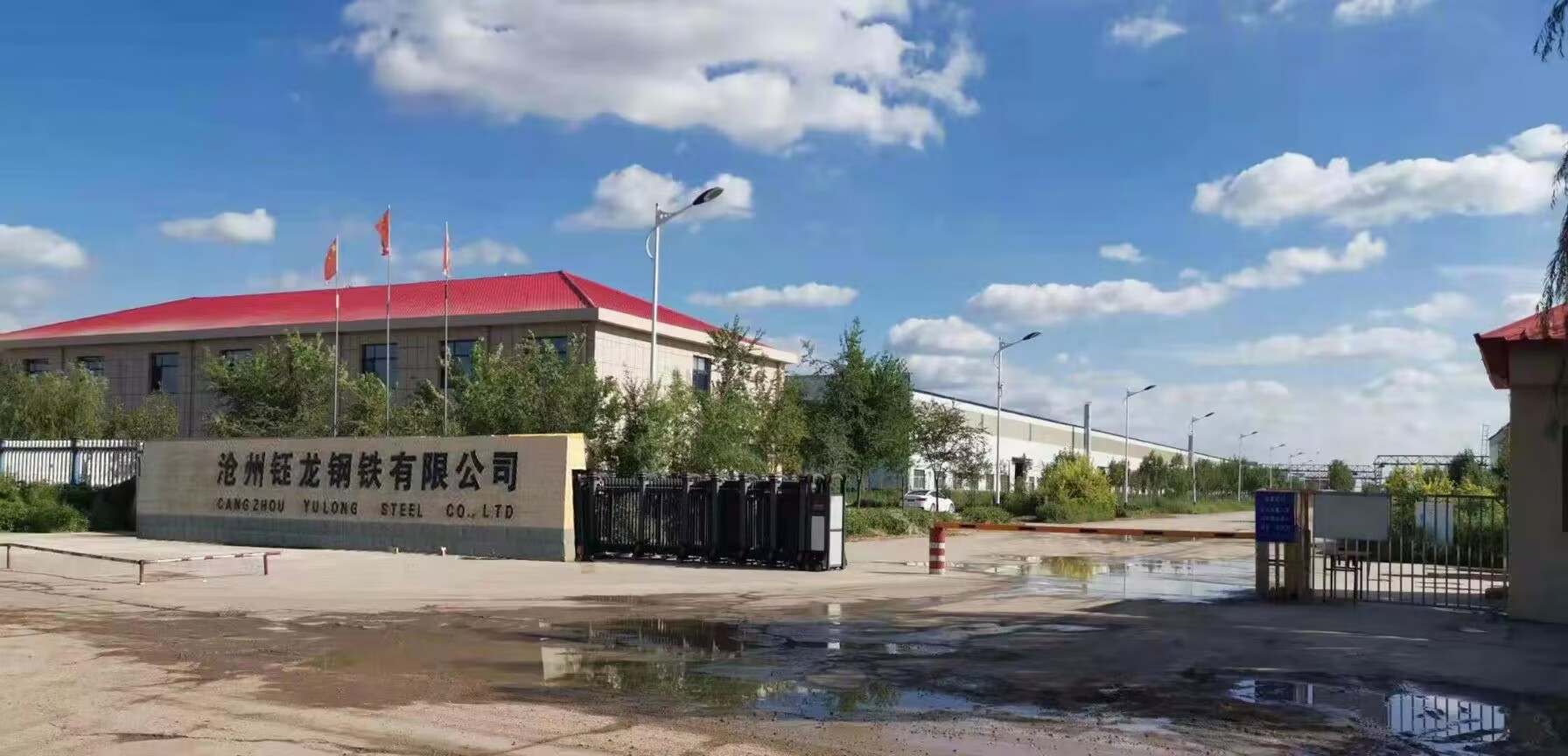-
Cangzhou Yulong Steel Co., Ltd.
-
Phone:
+86 13303177267 -
Email:
admin@ylsteelfittings.com
- English
- Arabic
- Italian
- Spanish
- Portuguese
- German
- kazakh
- Persian
- Greek
- French
- Russian
- Polish
- Thai
- Indonesian
- Vietnamese
- Zulu
- Korean
- Uzbek
- Hindi
- Serbian
- Malay
- Ukrainian
- Gujarati
- Haitian Creole
- hausa
- hawaiian
- Hebrew
- Miao
- Hungarian
- Icelandic
- igbo
- irish
- Japanese
- Javanese
- Kannada
- Khmer
- Rwandese
- Afrikaans
- Albanian
- Amharic
- Armenian
- Azerbaijani
- Basque
- Belarusian
- Bengali
- Bosnian
- Bulgarian
- Catalan
- Cebuano
- China
- China (Taiwan)
- Corsican
- Croatian
- Czech
- Danish
- Esperanto
- Estonian
- Finnish
- Frisian
- Galician
- Georgian
- Kurdish
- Kyrgyz
- Lao
- Latin
- Latvian
- Lithuanian
- Luxembourgish
- Macedonian
- Malgashi
- Malayalam
- Maltese
- Maori
- Marathi
- Mongolian
- Myanmar
- Nepali
- Norwegian
- Norwegian
- Occitan
- Pashto
- Dutch
- Punjabi
- Romanian
- Samoan
- Scottish Gaelic
- Sesotho
- Shona
- Sindhi
- Sinhala
- Slovak
- Slovenian
- Somali
- Sundanese
- Swahili
- Swedish
- Tagalog
- Tajik
- Tamil
- Tatar
- Telugu
- Turkish
- Turkmen
- Urdu
- Uighur
- Welsh
- Bantu
- Yiddish
- Yoruba

Dec . 07, 2024 15:23 Back to list
carbon steel concentric reducer
Understanding Carbon Steel Concentric Reducers An In-Depth Overview
Carbon steel concentric reducers are vital components in piping systems, designed to connect pipes of different diameters while maintaining a consistent axis. These reducers are essential in various industries, including oil and gas, chemical processing, water treatment, and HVAC. They play a critical role in ensuring that fluids flow smoothly through piping networks, contributing to system efficiency and performance.
What is a Carbon Steel Concentric Reducer?
A concentric reducer is a fitting that allows the transition from a larger pipe diameter to a smaller one, or vice versa, while keeping the central axis aligned. Unlike eccentric reducers, which have an offset design, concentric reducers provide a symmetrical profile that is essential for certain applications where uniform flow is necessary. The material used in these fittings is typically carbon steel, which is a robust alloy of iron and carbon, making it suitable for high-pressure and high-temperature applications.
Advantages of Carbon Steel Reducers
There are several reasons why carbon steel concentric reducers are widely utilized in various industries
1. Durability Carbon steel is known for its strength and durability. It can withstand high pressures and temperatures, making it ideal for industrial applications where robustness is required.
2. Corrosion Resistance While carbon steel is more susceptible to corrosion than other materials like stainless steel, it can be treated with protective coatings or utilized in environments that do not promote rust. This adaptability makes it suitable for many process environments.
3. Cost-Effectiveness Compared to other materials like stainless steel or alloys, carbon steel is less expensive. This affordability makes it a popular choice for large-scale projects where material costs need to be minimized.
4. Weldability Carbon steel can be easily welded and fabricated, allowing for seamless integration into piping systems. This is essential for ensuring structural integrity and leak prevention in high-pressure applications.
carbon steel concentric reducer

Applications of Carbon Steel Concentric Reducers
The applications of carbon steel concentric reducers are diverse and can be found across numerous sectors
- Oil and Gas Industry In this sector, efficient flow management is crucial. Carbon steel reducers are used in pipelines that transport crude oil, gas, and other petrochemical products, ensuring smooth transitions between different pipe sizes.
- Chemical Processing These reducers are integral to chemical plants where they facilitate the transportation of various chemicals in pipe systems designed to handle high pressures and corrosive substances.
- Water Treatment In water treatment facilities, carbon steel concentric reducers are used to manage the flow of water from various sources, ensuring effective treatment and delivery without loss of pressure.
- Construction and HVAC In building construction and heating, ventilation, and air conditioning (HVAC) systems, these reducers help maintain efficient airflow and temperature regulation.
Installation and Maintenance Considerations
Proper installation of carbon steel concentric reducers is essential to ensure optimum performance and longevity. It is crucial to follow industry standards and specifications during installation to avoid misalignment or stress points that can lead to leaks or failures.
Regular maintenance checks should also be implemented to inspect for signs of wear, corrosion, or damage. Given their exposure to various environmental factors and substances, monitoring the condition of carbon steel reducers can prevent unexpected downtime and ensure the reliability of piping systems.
Conclusion
In summary, carbon steel concentric reducers are indispensable components that facilitate the efficient flow of liquids and gases in a variety of industrial applications. Their durability, cost-effectiveness, and versatility make them a preferred choice for engineers and project managers seeking reliable solutions for piping transitions. Understanding their function, advantages, and applications can greatly benefit those involved in design, construction, and maintenance of piping systems, ensuring enhanced performance and safety in operations.
Latest news
-
ANSI 150P SS304 SO FLANGE
NewsFeb.14,2025
-
ASTM A333GR6 STEEL PIPE
NewsJan.20,2025
-
ANSI B16.5 WELDING NECK FLANGE
NewsJan.15,2026
-
ANSI B16.5 SLIP-ON FLANGE
NewsApr.19,2024
-
SABS 1123 FLANGE
NewsJan.15,2025
-
DIN86044 PLATE FLANGE
NewsApr.19,2024
-
DIN2527 BLIND FLANGE
NewsApr.12,2024
-
JIS B2311 Butt-Welding Fittings LR/SR 45°/90° /180°Seamless/Weld
NewsApr.23,2024











